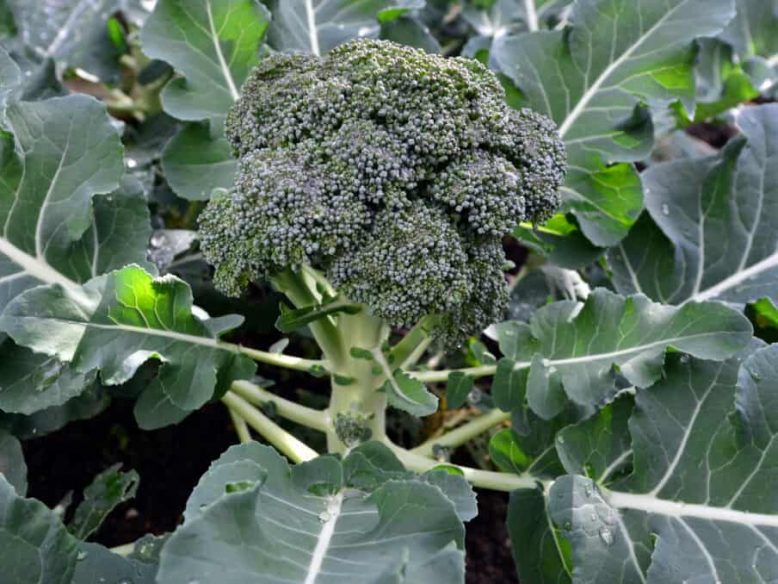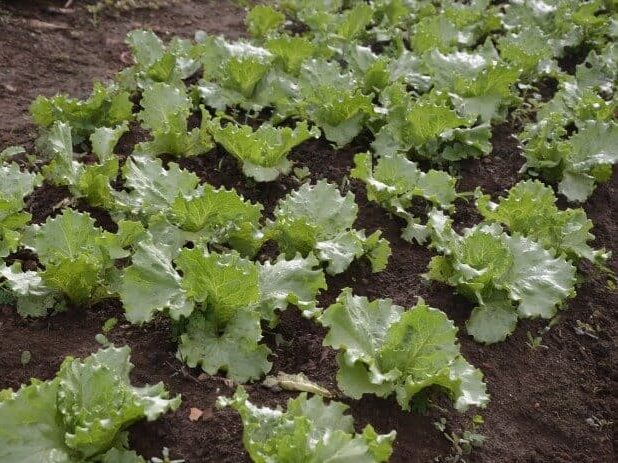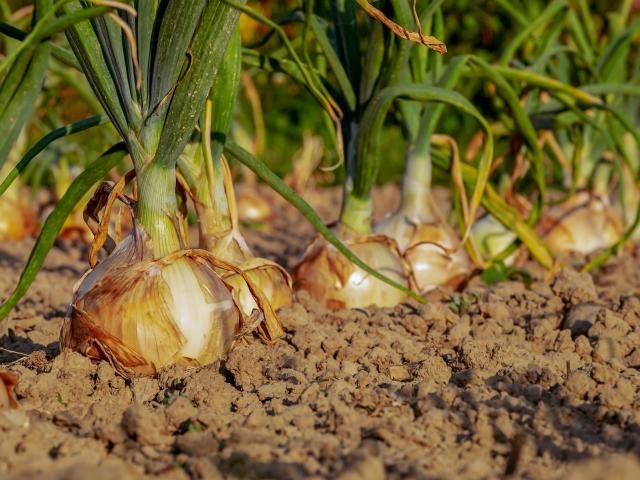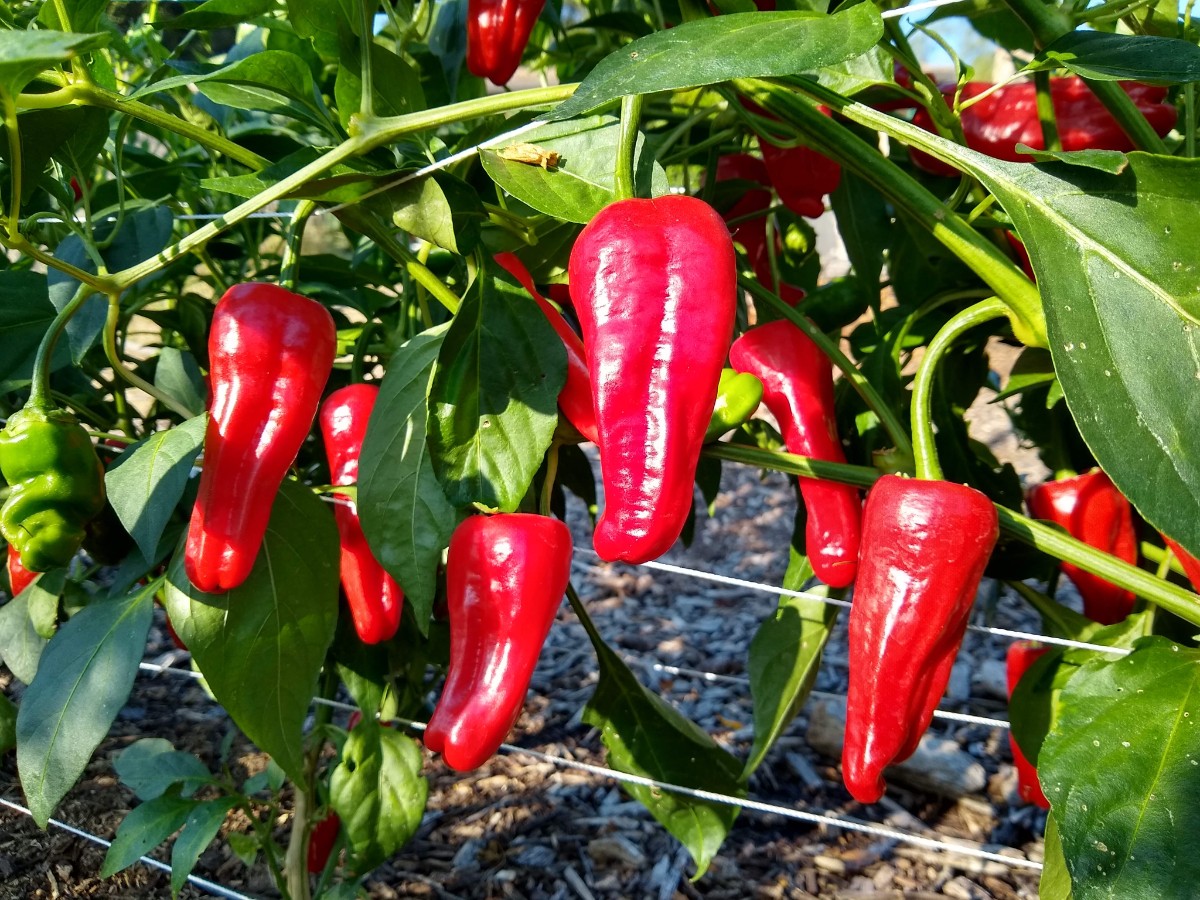- No products in the cart.
January 29, 2021
February Planting Guide
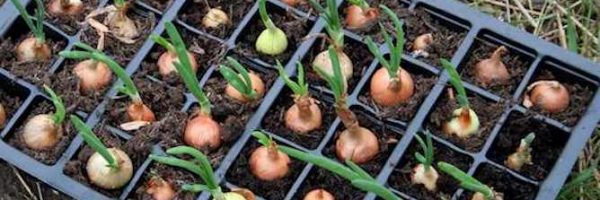
Get your garden planning started! In some warmer locations, you can begin sowing your vegetable seeds outdoors. For cooler areas, February is a great time to sow your tomatoes and peppers. You should start drawing out your garden for all the vegetables you want to grow. In late February, there are several cool weather vegetables you can directly sow out in the garden.
Listed below are flower, vegetable, and herb varieties that are great to start planting in February based on the Hardiness Zone that you live in. It’s still too early for many Northern states to start their transplants indoors, but most of the warmer Southern states are ready to get going!
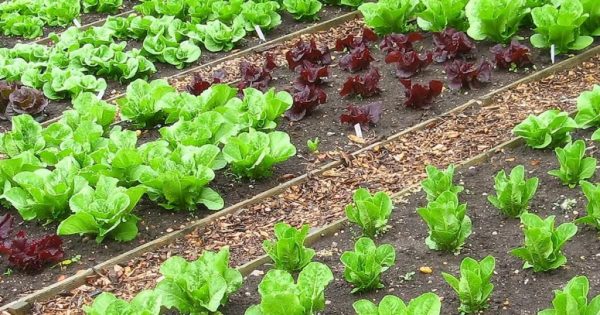
Growing Your Plants Indoors
While we see massive farms sprawling all over the world where it’s nothing but rows upon rows and hundreds of acres worth of vegetables, there are people who prefer to grow all of their plants indoors, be it small plants near a window or a fully-fledged warehouse with massive arrays or lighting, planters, water irrigation, and more! Growing your plants inside will give your plants at least 1 set of walls to keep the outside world from harming your plants! If you have a really good setup, you could see people using methods to control the humidity, temperature, pH, water levels, and more! When growing indoors you will have a level of control that you cannot easily achieve when growing outdoors!
Growing Your Plants Outdoors
Some people prefer to grow their plants fully indoors, but many people grow outdoors. While yes, growing outdoors doesn’t grant you the level of environmental control and convenience that you can get by growing indoors, there are many benefits to it! Plants need light in order to grow and live, if you grow indoors, you will be forced to set up lights above your plants in order to simulate sunlight, but outside offers you 100% natural light that you will not need to pay a bill to get! But beware, growing outdoors has its very own set of dangers. These can range from wildlife walking through your garden and farm eating whichever plants they want, to your plants contracting a disease or illness, all the way to extremely sudden and drastic changes of weather!
USDA Plant Hardiness Zone Map
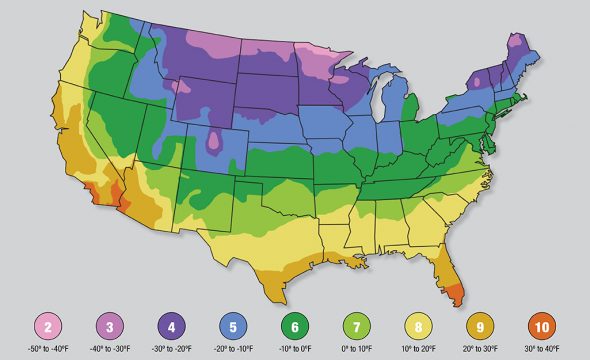
Suggested varieties:
Large Leaf Italian Basil:
The Large Leaf Italian Basil produces large, light green leaves that offer an excellent aroma to any meal, soup, or sauce! This variety is our most popular basil plant. The Large Leaf Italian is a prolific plant that produces very large leaves with some that can even cover a slice of bread! This variety is sweeter than the Genovese basil and produces an attractive, bushy plant with its very popular, aromatic leaves.
Greek Oregano:
The Greek Oregano is a popular herb with an excellent flavor that is a must for many Italian dishes like fish, pizza, tomato sauce, and dressings. This perennial has a stronger and more aromatic fragrance than the common oregano and is known for its culinary and ornamental uses. Enjoy the Greek Oregano’s beautiful purple blooms all summer long!
French Thyme:
The French Thyme is a popular herb used to add flavor in poultry and fishes dishes as well as salads, stews, sauces, and pickles! This Thyme variety produces very aromatic blue-green leaves with pale lavender flowers that will add a pop of beautiful color to any garden or windowsill.
Herbs (Zones 3-10):
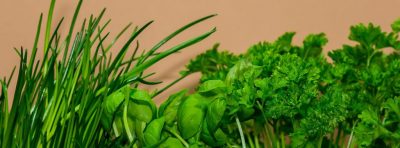
Herbs are definitely the most popular indoor plant to grow throughout the winter months in any Zone. Plant heat-loving herbs like basil, oregano, thyme, and sage. Herbs are used commonly to season food and to kick up the flavor of your meal! Each herb has its own distinctive flavor, so multiple combinations of herbs and seasonings are used during cooking. Keep in mind that herbs and spices are not the same things.
Herbs:
Herbs are a plant or part of a plant that is used for medicine or flavoring meals. Botanists describe herb as a small, seed-bearing plant with fleshy, rather than woody, parts.
Spices:
Spices are usually dried parts of a plant used exclusively in cooking to add flavor to food! A small amount of spice goes a long way as it is packed with flavor. The word “spice” comes from the Latin species, which means an item of special value, as compared to ordinary.
Broccoli (Zones 7-10):
If you live in Zones 7-10 and can find a quick growing Broccoli variety, you can harvest until it bolts in the hot summer sun! Broccoli is a great vegetable to grow as broccoli is a good source of fiber and protein, and contains iron, potassium, calcium, selenium, and magnesium as well as the vitamins A, B, C, E, K, and folic acid.
Suggested varieties:
De Cicco:
De Cicco broccoli is an old reliable European variety. This variety grows 2-3 feet tall with a 3-4 inch bluish-green central head and lots of medium-sized side shoots. De Cicco is non-uniform in maturity and is more variable and more productive than most hybrids. This broccoli is of excellent quality and absolutely delicious!
Romanesco:
The Romanesco broccoli is a funky little vibrant broccoli! Known for its different appearance, it is also really great tasting broccoli! This Italian variety is bright lime green with lots of texture. The Romanesco is excellent for cool areas.
Green Emperor:
The Green Emperor is a new type of broccoli with great heat resistance! Green Emperor is an F1, Early Green Duke type broccoli with extra vigor, heavy yield, heat resistance, dome shape, one of the best early types.
Suggested Varieties:
Buttercrunch:
Buttercrunch is a popular bibb type lettuce that has sweet, high yielding leaves. This variety is loosehead lettuce that has thick green leaves and a small, tight head. Buttercrunch maintains its sweetness well when grown in the heat of summer and it goes into fall without bolting.
Garden Mesclun Mix:
The Garden Mesclun Blend is a mixture of light green to emerald, and bronze to deep red lettuces as well as endive and radicchio for a crunchy, zesty flavor that is a perfect addition to any salad!
Gourmet Mesclun Mix:
The Gourmet Mesclun Blend is a colorful mixture of our favorite gourmet leaves! This blend offers a pleasing mix of colors and types of lettuce that are delicious together in a salad. The Gourmet Mesclun Blend is also great for baby leaf production.
Lettuce (Zones 7-10):
In Zones 7-10, start a crop of salad mix greens that gets bright sun, but not all day. Great for spring crops until the lettuce begins to bolt in the summer sun! Lettuce is excellent for making salads with as well as putting on burgers, sandwiches, tacos, and more!
Onions (Zones 7-10):
Get those onion seeds growing! Be careful to select an onion variety appropriate for your climate! You don’t want to grow onions that don’t do well in the cold growing in cold areas and vise versa. Different onions have different needs including nutrients, water pH levels, amount of sunlight, and more. Zones 7 through 10 typically get lots of sunlight, while zones 3 through 6 will get less sunlight, so plant your onions in accordance with the amount of sun you receive! Onions can be used to make a huge amount of meals from potatoes, stews, all the way to being put on burgers and hot dogs!
Suggest varieties:
Sweet White Walla Walla:
The Walla Walla Sweet is a mild onion that can actually be eaten raw like an apple! This juicy, sweet, regional favorite has a non-pungent aroma. The variety is the only sweet and mild onion for long summer days in the northern two-thirds of the country.
Red Creole:
The very sweet Red Creole Onion is the perfect variety for home gardens! This short day onion is great for the South and Mid-West climates and is also a good keeper. The solid, flat bulbs of the Red Creole has a spicy, red flesh that makes it a good cooking onion and is also great raw in salads.
Yellow Spanish:
Yellow Sweet Spanish Onions are one of the most popular onions grown by home gardeners and market growers! This variety produces extra jumbo globe-shaped yellow onion bulbs that are very mild with golden-brown skin. The Yellow Sweet Spanish onion is a very versatile vegetable.
Suggested varieties:
Early Jalapeno:
Get a head start with the early maturing Early Jalapeno Pepper. This pepper variety continuously produces a dark green, thick skin that forms to the shape of a cone. Enjoy the Early Jalapeno fresh or pickled on salads, dips, or tacos!
Sweet Banana:
The Sweet Banana is a delightfully tangy and colorful sweet pepper. This elongated, thick-walled pepper turns scarlet when fully ripe, but will stay sweet and mild. This pepper variety is a longtime favorite for its sweet flavor that is exquisitely pungent when pickled. Sweet Banana’s prolific plant produces high yields.
Super Chili:
The Super Chili is an AAS Pepper Variety Winner! A real super chili pepper, bred for compact, 15″ inch plants cover with fruits. These hot peppers can reach upwards of 37,500 Scovilles. Great for spicy cuisines like Thai or Asian dishes.
Peppers (Zones 7-10):
Fresh, crisp peppers are a garden favorite. Peppers take up little space and can produce high yields when planted close together. Plant as many different varieties as possible! They come small, big, hot, mild, and in an array of different colors. For Zones 7-10, start seeds 8-10 weeks before your last frost date indoors for best results. If you’re in zones 7 through 10, you will want to start your peppers around 8-10 weeks before the projected last frost date.
Tomatoes (Zones 7-10):
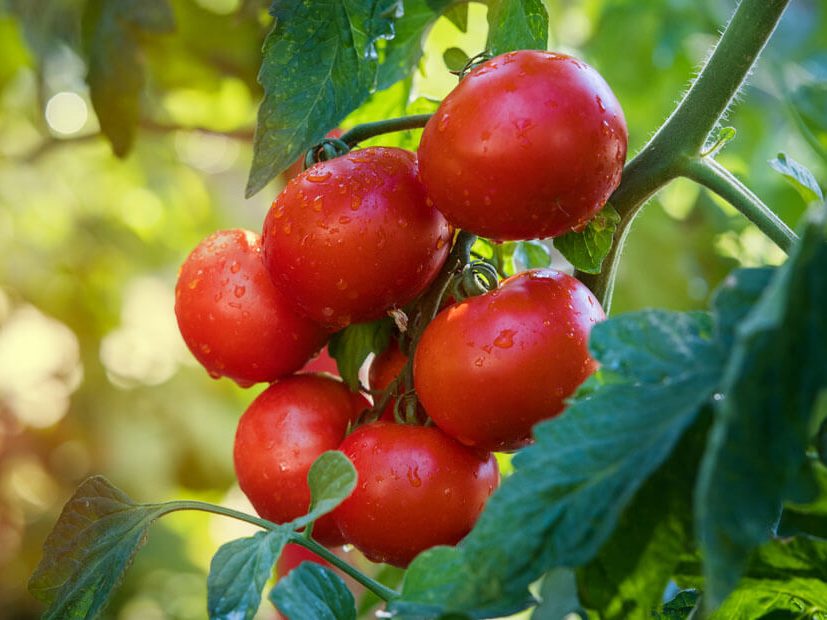
The most popular garden vegetable! Growing tomatoes is not only fun but treats you to some of the best-tasting fruits in the world. Tomatoes come in many colors, shapes, tastes, and sizes. Grow a few varieties every year to find your favorites! For Zones 7-10 start seeds 6-8 weeks before your last frost date indoors for best results.
Suggested Varieties
Brandywine:
The Brandywine tomato plant is an heirloom cultivar of the species, with large potato-leaved foliage and which bears large pink beefsteak-shaped fruit, popularly considered among the best tasting available
Cherokee Purple:
Cherokee Purple is the name of a cultivar of tomato that develops a fruit with a deep, dusky-rose color while maintaining a somewhat greenish hue near the stem when mature for eating. The deep crimson interior and clear skin combination give it its distinctive color.
Siberian:
The Siberian Tomato is a great variety for colder climates! This tomato variety matures fast and will produce heavy and early where shorter growing seasons prevail, like the northern states and Canada. This red oval, 2-4 ounce tomato grows on a compact plant that is fine for patio or container gardens.

